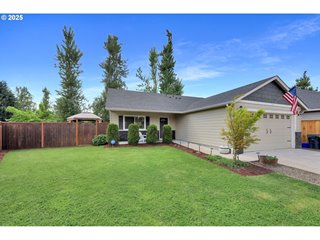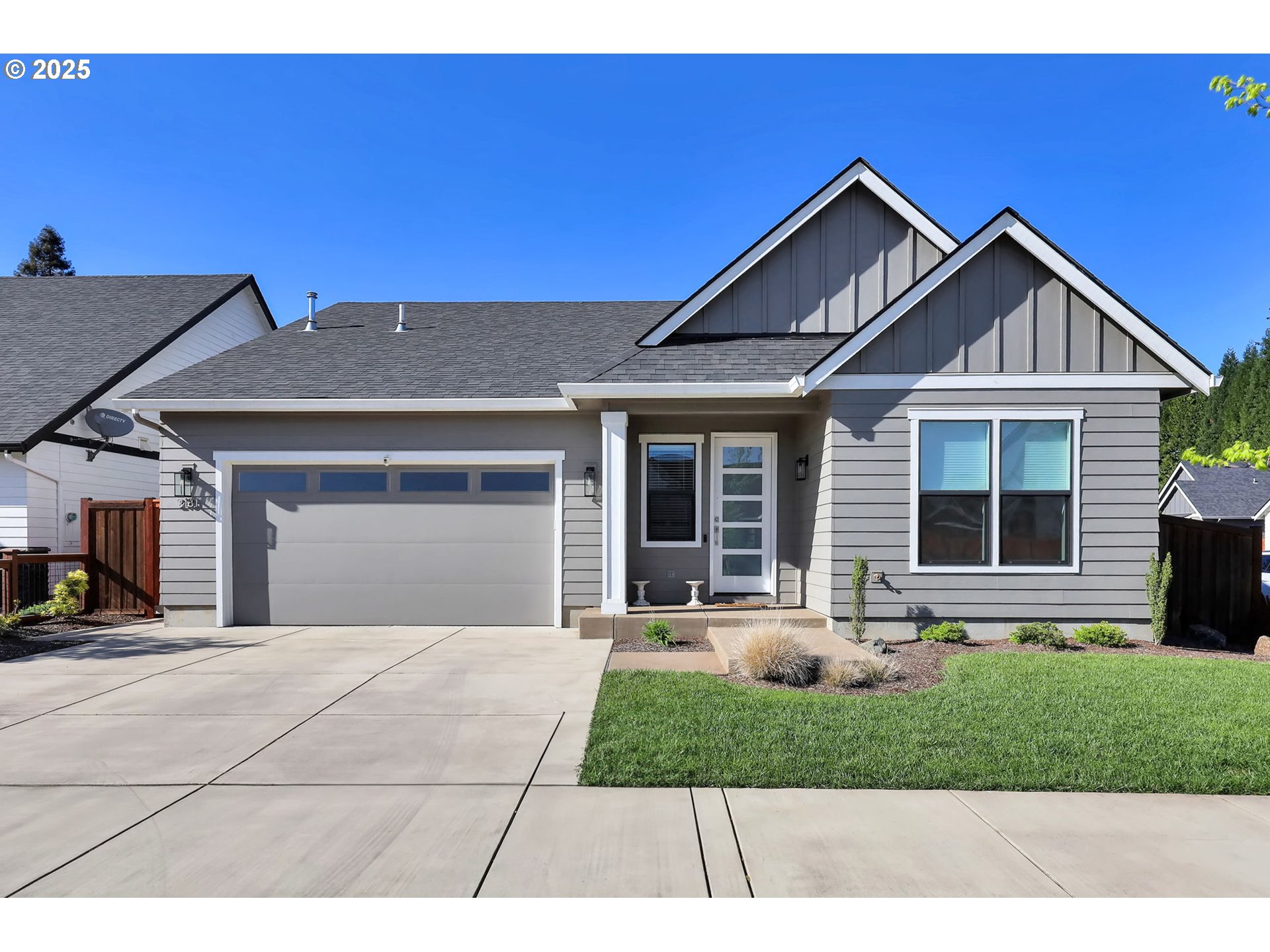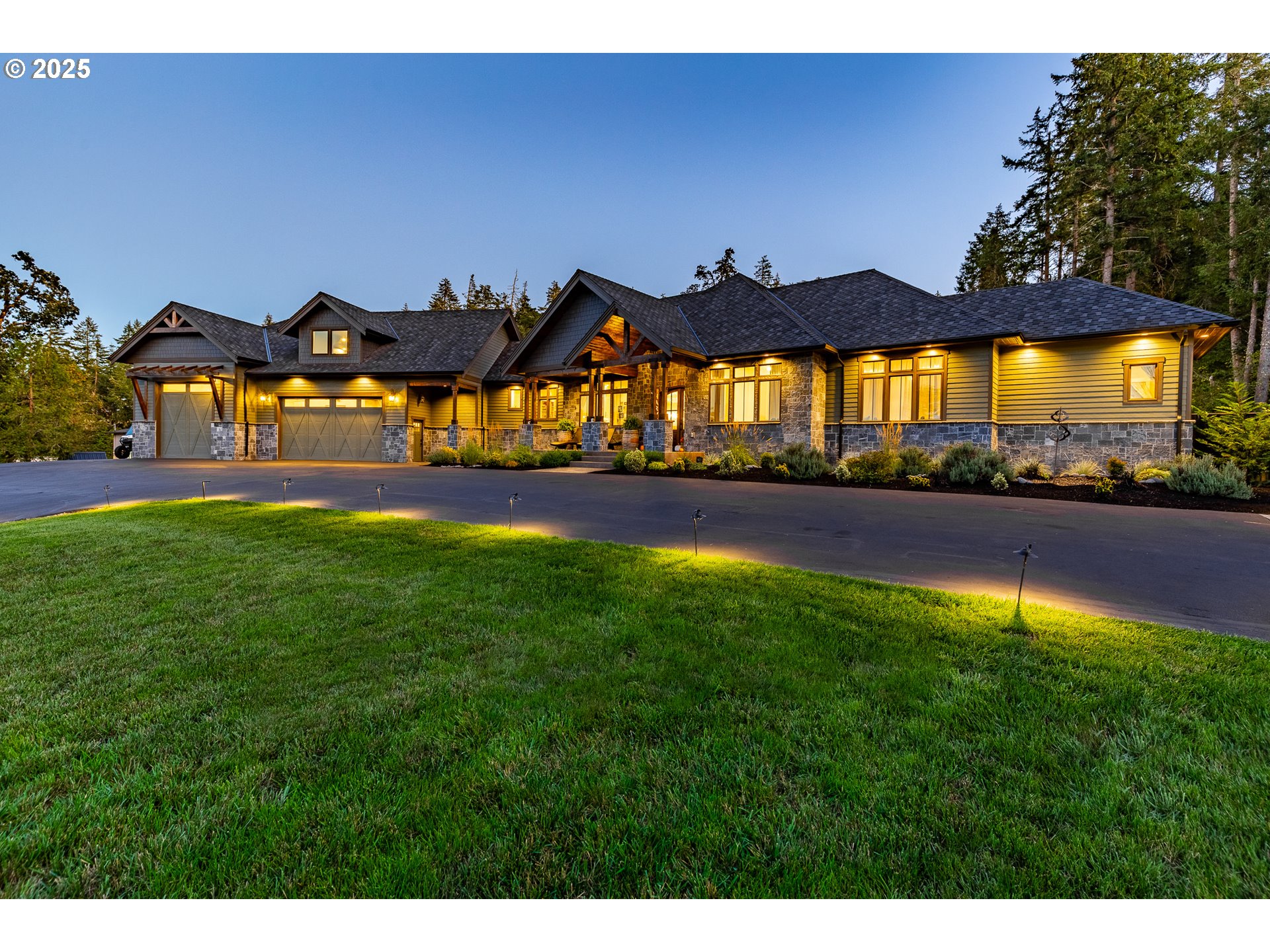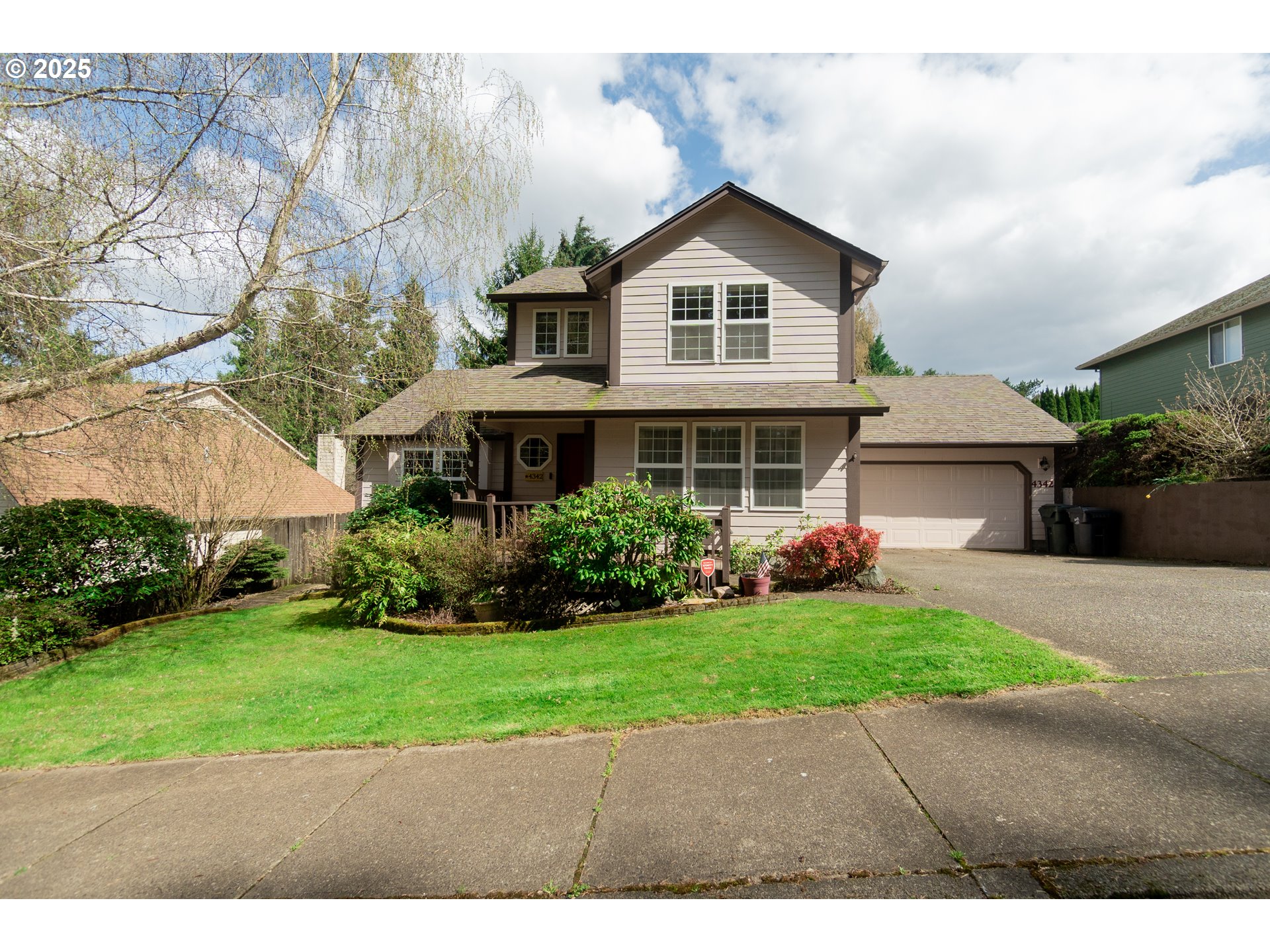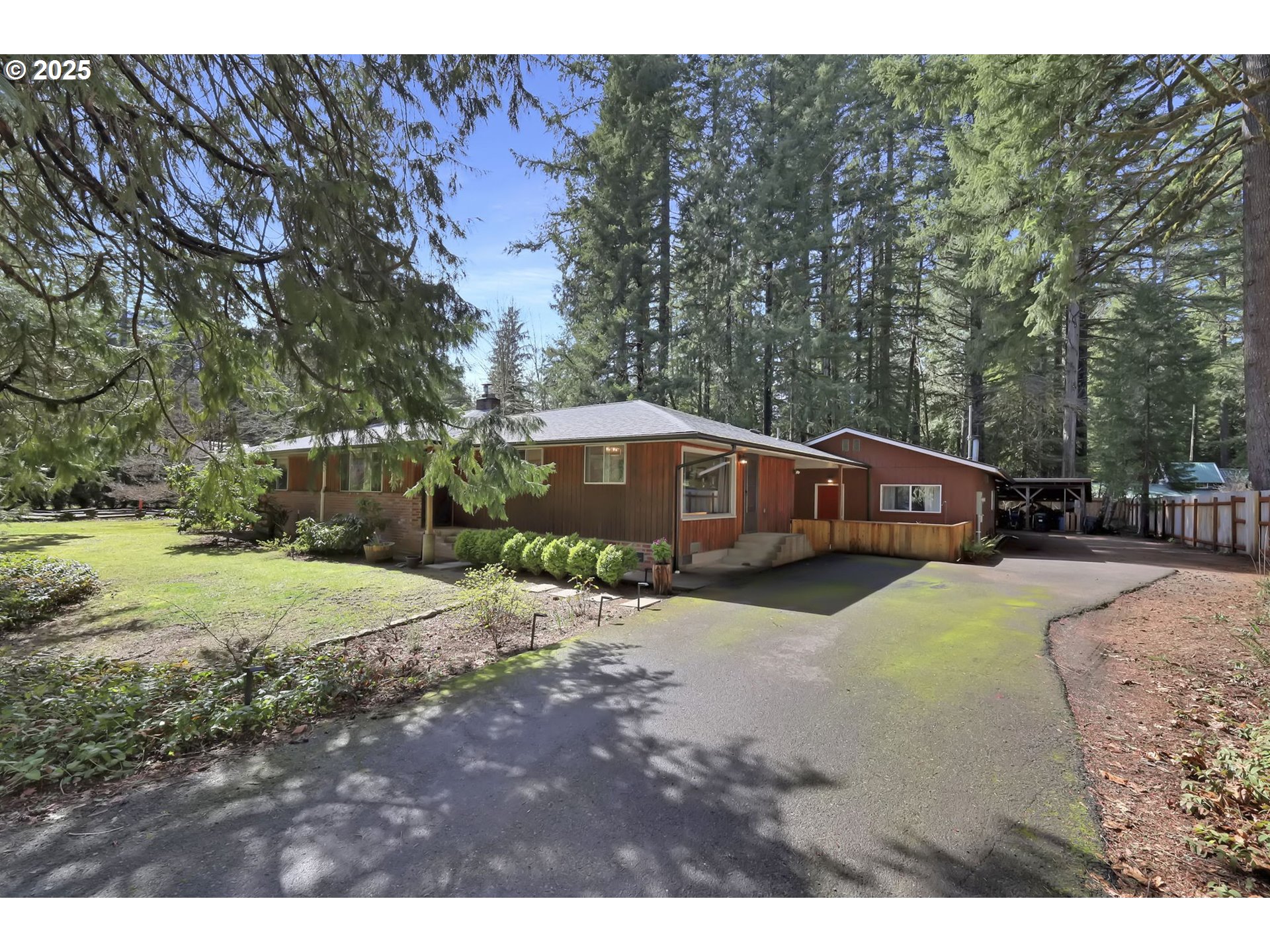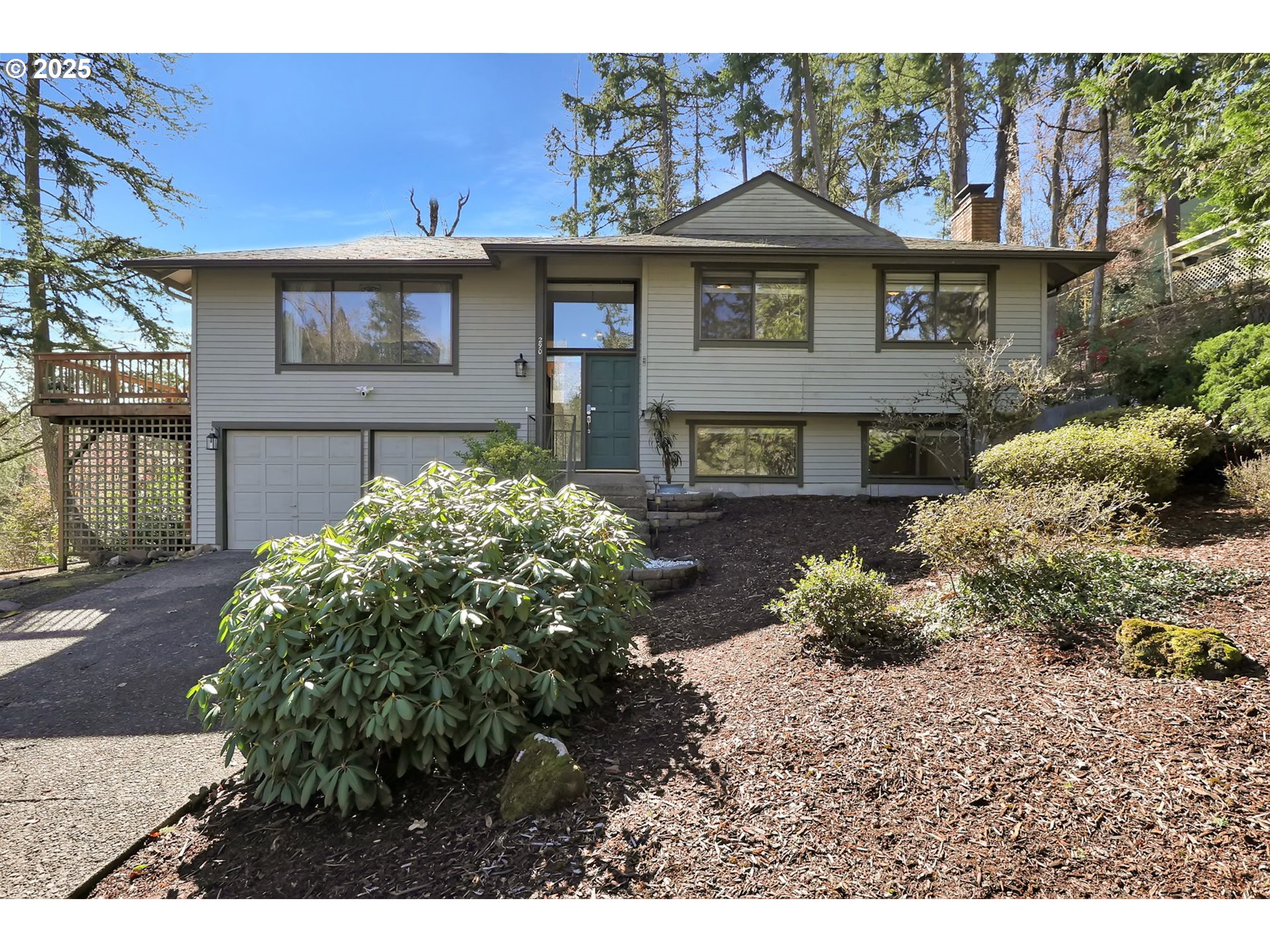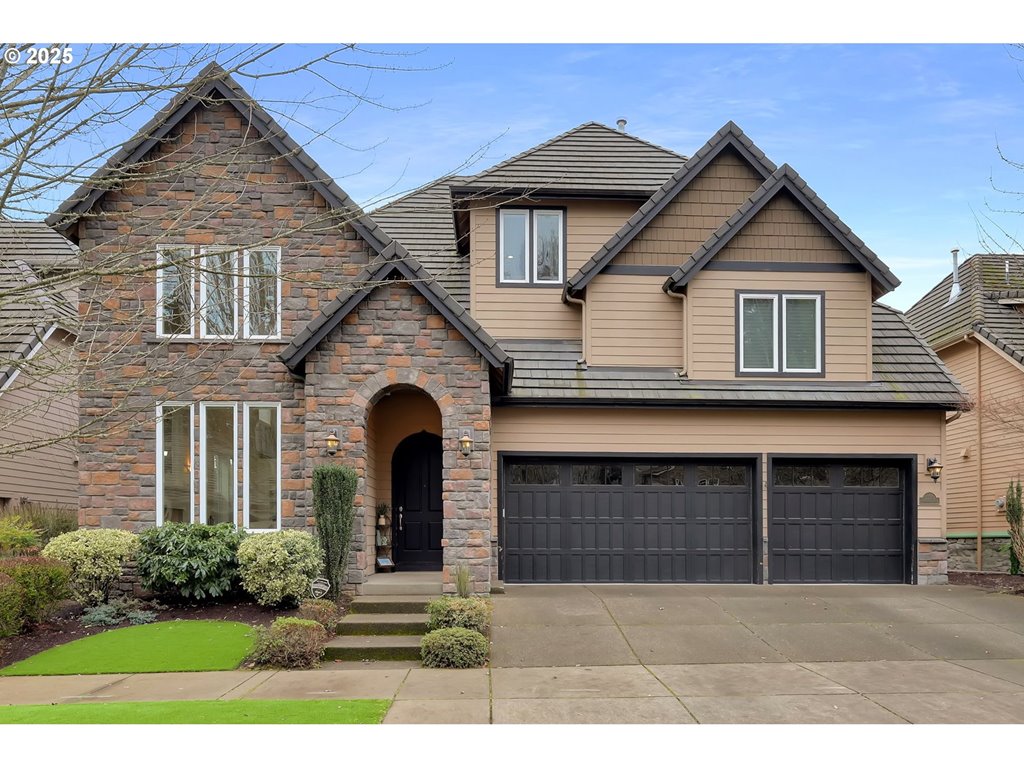A Buyer’s Market on the Horizon?
Good Monday Morning!
There is increasing evidence that we are entering a shift in the housing market. With inventories of homes for sale rising each month, it is very likely that the market will become more favorable to homebuyers. If the Fed were to drop interest rates and mortgage rates declined as a result, I think the housing market would take off. Here is a recent article from the National Association of REALTORS (NAR) that explores the current housing market trend in more detail:
First-time buyers show signs of re-emerging as inventory climbs, but high prices and cautious sentiment keep sales subdued.
Sales of existing homes slowed last month, dimming hopes for a robust spring selling season. Despite the highest number of listings in years, buyers remain cautious.
The decline was slight: Existing-home sales—a measurement of completed transactions on single-family homes, townhomes, condos and co-ops—dropped by 0.5% in April compared to March. April sales were down 2% compared to a year ago, the National Association of REALTORS® reported Thursday.
“Home sales have been at 75% of normal or pre-pandemic activity for the past three years, even with 7 million jobs added to the economy,” says Lawrence Yun, NAR’s chief economist. “Pent-up housing demand continues to grow. Any meaningful decline in mortgage rates will help release this demand.”
One encouraging sign: First-time home buyers are beginning to reemerge. They accounted for 34% of existing-home sales last month—their highest share since July 2020, according to NAR.
It’s Still a Seller’s Market
Higher inventory and more housing choices may be pulling some buyers off the sidelines, but many may remain hesitant due to elevated home prices and mortgage rates. In April, the median existing-home price was $414,000, according to NAR. While prices are still rising, the pace has slowed, with a 1.8% year-over-year increase in April.
Home sellers continue to hold pricing power, but that could change. “At the macro level, we are still in a mild seller’s market,” Yun says. “But with the highest inventory levels in nearly five years, consumers are in a better situation to negotiate for better deals.”
Inventory Is Improving, But Not Out of the Woods
Housing inventory has improved significantly in recent months, rising 20.8% from a year ago, according to NAR. House hunters are finding more options, creating more competition among sellers.
However, according to a newly released NAR report, the uptick in housing inventories hasn’t been evenly distributed. In particular, the supply of affordable homes for low- and middle-income buyers remains well below demand. (Find out which price points may be struggling the most: Inventory Is Rising But Not Enough, a New NAR Report Warns.)
Buyers Should Still Expect Competition
House hunters shouldn’t be too excited by the prospect of a shifting market, however. In some markets, multiple offers and bidding wars remain common. Last month, 18% of homes sold above list price last month, and 60% of properties sold in under a month, according to the latest REALTORS® Confidence Index Survey, based on feedback from about 1,500 real estate professionals on their May transactions. On average, homes for sale received 2.4 offers. To gain an edge, 20% of buyers waived the inspection contingency and 20% of buyers also waived the appraisal contingency, the report notes.
All-cash buyers also continue to drive competition, making up 25% of transactions last month, according to NAR’s report.
Have An Awesome Week!
Stay Healthy! Stay Safe! Remain Positive! Trust in God!
THIS WEEKS HOT HOME LISTING!

32225 Bush Garden Dr. Harrisburg, OR 97446
Price: $625,000 Beds: 3 Baths: 2.0 Sq Ft: 2000
Located in the coveted Bush Garden neighborhood, this mini ranch on nearly 3 acres will not disappoint. A cozy sunroom welcomes you to this spacious light-fill... View this property >>




